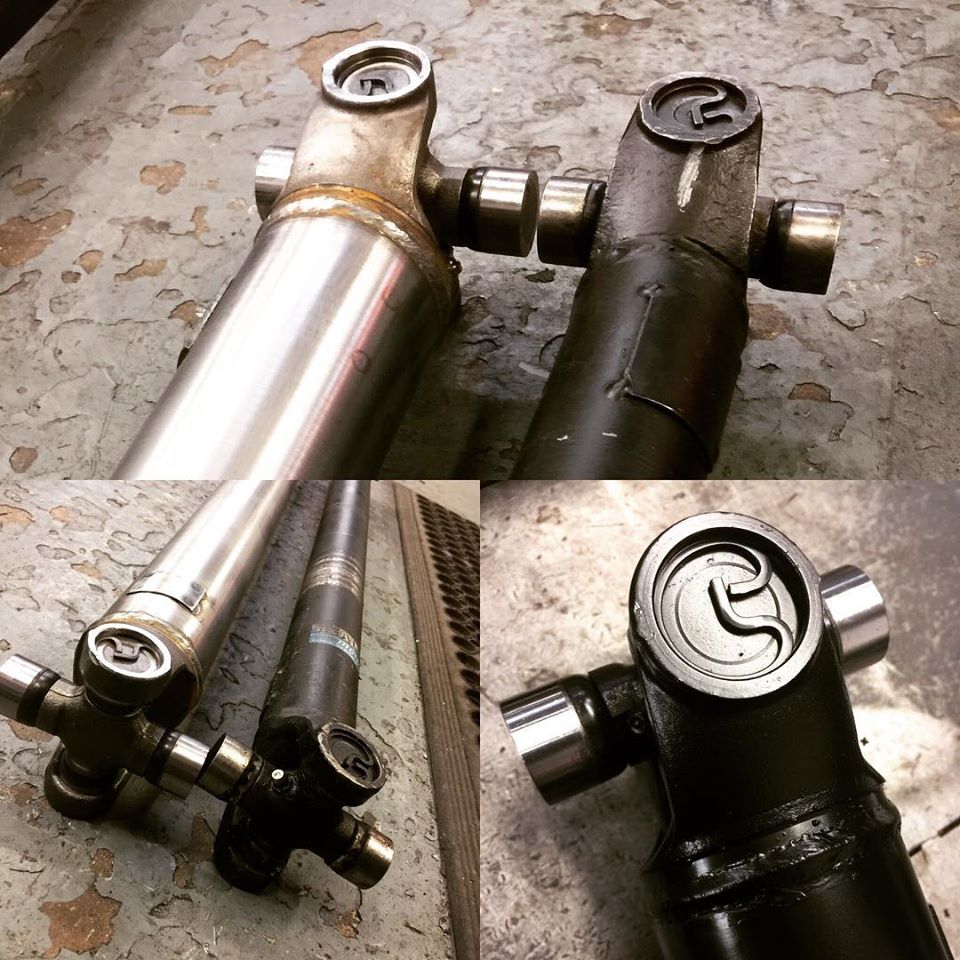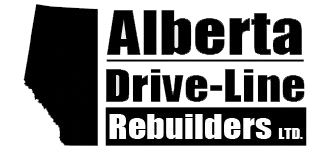
The driveshaft is a necessary component of a vehicle as it transmits torque and rotation to over mechanical components of the vehicle. Driveshafts often are responsible for connecting other mechanical parts, including the drive train. Enduring wear and tear and the stress of force applied to it, the driveshaft is designed to handle these elements. However, all mechanical parts require repair eventually when they are no longer functioning in top condition.
Knowing when to upgrade the driveshaft is essential because driving with a failing driveshaft can result in breakage, which can make it extremely difficult to control your vehicle. Alberta Drive-Line Rebuilders Ltd. breaks down the signs to look out for that indicate it’s time for you to upgrade your vehicle’s driveshaft.
Driveshafts In Rear-Wheel Drive (RWD), All-wheel (AWD) and Front-wheel (FWD)
The type of vehicle you drive does indicate the type of driveshaft inside and what one you will need for an upgrade. Below are the different vehicle drive systems and the driveshafts they have:
- RWD: The power in rear-wheel drive vehicles derives from the rear wheels. In this car, a long driveshaft is linked to the transmission on one end and on the other end, there is a differential.
- 4WD: On an all-wheel or four-wheel drive vehicle, there are often two driveshafts. One is the same as the RWD driveshaft, and the other is a front driveshaft which connects to the front differential and transfer case with u-joints.
- FWD: On a front-wheel-drive car, opposite to the RWD, the power comes from the front wheels. Instead of the driveshaft on the end, the driveshaft is located at the front of the vehicle and uses constant velocity joints.
Signs of A Failing Driveshaft That Requires Upgrade
The following are symptoms of a damaged or failing driveshaft in a vehicle:
- Vibrations Under Car: If you hear or experience shaking/vibrating coming from the bottom of your vehicle, the driveshaft could be failing. A worn-out u-joint can cause the vibrating driveshaft.
- Difficulty Turning: If you’re finding it difficult to make turns in your vehicle, it may be because of a driveshaft issue. A failing driveshaft will stop vehicles from turning smoothly.
- Clunking Noise: Hearing a loud, clunking noise when you turn or your vehicle shifts may be a sign of driveshaft failure. The cause may be from a worn u-joint.
- Car Shudders: You may notice your car shudders when accelerating after stopping or slowing down. This may be because of a loose u-joint in the driveshaft.
- Squeaking Noises: A squeaking noise coming from the vehicle at low driving speed may be from a u-joint that requires lubrication.
Alberta Drive-Line Rebuilders Ltd. offers first-rate equipment, including art balancers, which can detect and inform you of any driveshaft issue or imbalance. We can repair your driveshaft or upgrade it for one that is a much higher quality. Our experts will successfully restore or replace your driveshaft to have you driving comfortably again in no time. Contact us to learn more about our transmission rebuild and repair services in Edmonton today!
